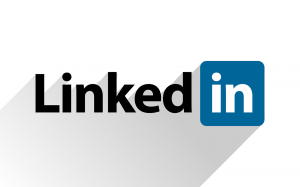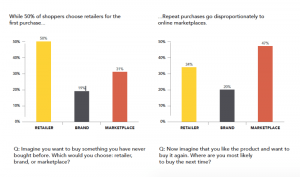When a prospect decides not to buy they think that decision isn’t costing them. Is that what you think too? If it is both you and your prospect have to realize that every decision be it “yes” or “no” has a price attached to it.
Therefore, your job is to help the prospect discover the cost of “no” versus the investment of “yes”. Obviously this is presuming that there is a valid reason why “yes” is the right decision for the prospect. However, when “yes” is the right decision for the prospect yet they don’t buy they don’t buy because they don’t understand the cost attached to that “no” decision.
You can help your prospect to discover their cost versus their investment by engaging them in the thought process. You know that pictures and the simple act of writing help you to gain clarity and solidify understanding. Use that to your advantage to help your prospects understand cost versus investment. One of the easiest ways for you to do this is to make two columns on a page one labeled cost the other labeled investment. Then work through both with the prospect. Now it’s very important you do this with the prospect not for them because the math or logic must be based on what the prospect knows and believes to be true.
You’ll automatically increase sales when your prospects come to the realization that not buying is actually costing them more than investing. Don’t underestimate the power of using visual tools and getting the prospect to write things down. You also want to make certain the prospect clearly understands the difference between costs and investments.
Costs are incurred and can never be recovered. For example, when a prospect pays the rent the rent money is a cost that has no future value and cannot be recovered. Investments have value today and greater value tomorrow, so to speak. As an example, if your client invests to obtain your service and that investment immediately adds to their bottom line and continues to add to their bottom line that’s an investment. Does it make good sense for the prospect to continue to experience the cost of “no” when the investment of “yes” more than pays for the cost of “no” now and forever?
(302)









